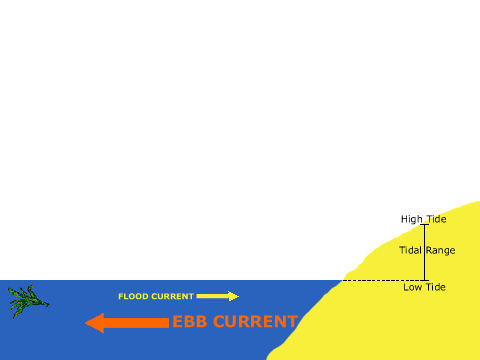



Flooding is natural and cannot be stopped and can have both positive and negative impacts. The positive impacts of flooding, (for example, include water for wetland ecosystems and replenishing soil moisture and nutrients). The negative impacts can bring substantial damages to homes and businesses,
critical infrastructure and to farming, such as agriculture and crops. However, the negative effects of floods can be reduced with good planning and the right actions. Flood planning and action is a shared community responsibility.A flood is an overflow of water on land which is usually dry.
Sometimes a water resource (river, lake or pond) gets flushed with too much water. Unusually heavy rain sometimes causes floods. When there is too much water, it may overflow beyond its normal limits. This water then spreads over land, flooding it. Extreme flooding can also be caused by a tsunami or a large storm that causes a storm surge. Floods that happen quickly are called flash floods.
The deadliest flooding was in 1931 in China and killed between 2,000,000 and 4,000,000 people. The Kerala flood in India was another flood that has destroyed people's houses.
During a flood, people try to move themselves and their most precious belongings to higher ground quickly. The process of leaving homes in search of a safe place is called evacuation.
A flood occurs when water overflows or inundates land that's normally dry. This can happen in a multitude of ways. Most common is when rivers or streams overflow their banks.

Disaster experts classify floods according to their likelihood of occurring in a given time period. A hundred-year flood, for example, is an extremely large, destructive event that would theoretically be expected to happen only once every century. But this is a theoretical number. In reality, this classification means there is a one-percent chance that such a flood could happen in any given year. Over recent decades, possibly due to global climate change, hundred-year floods have been occurring worldwide with frightening regularity.